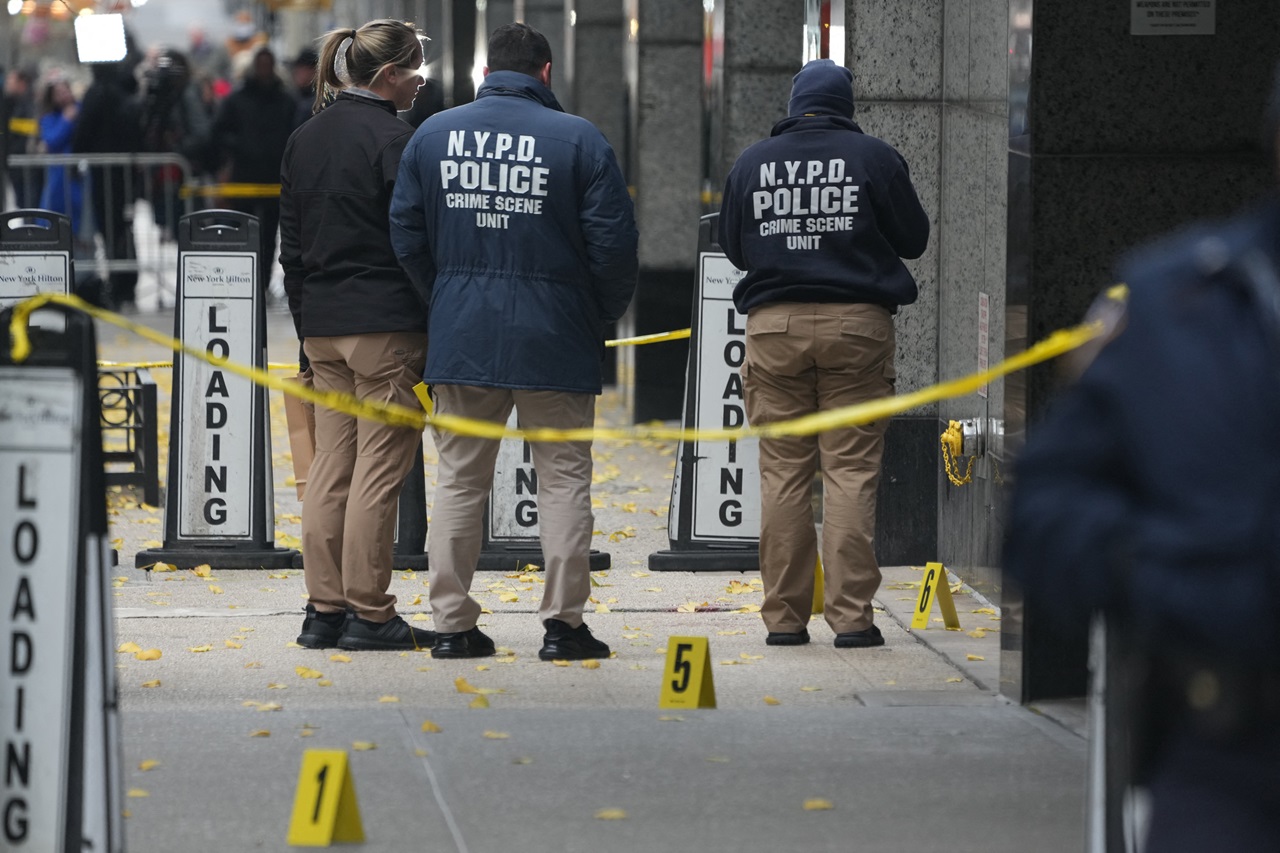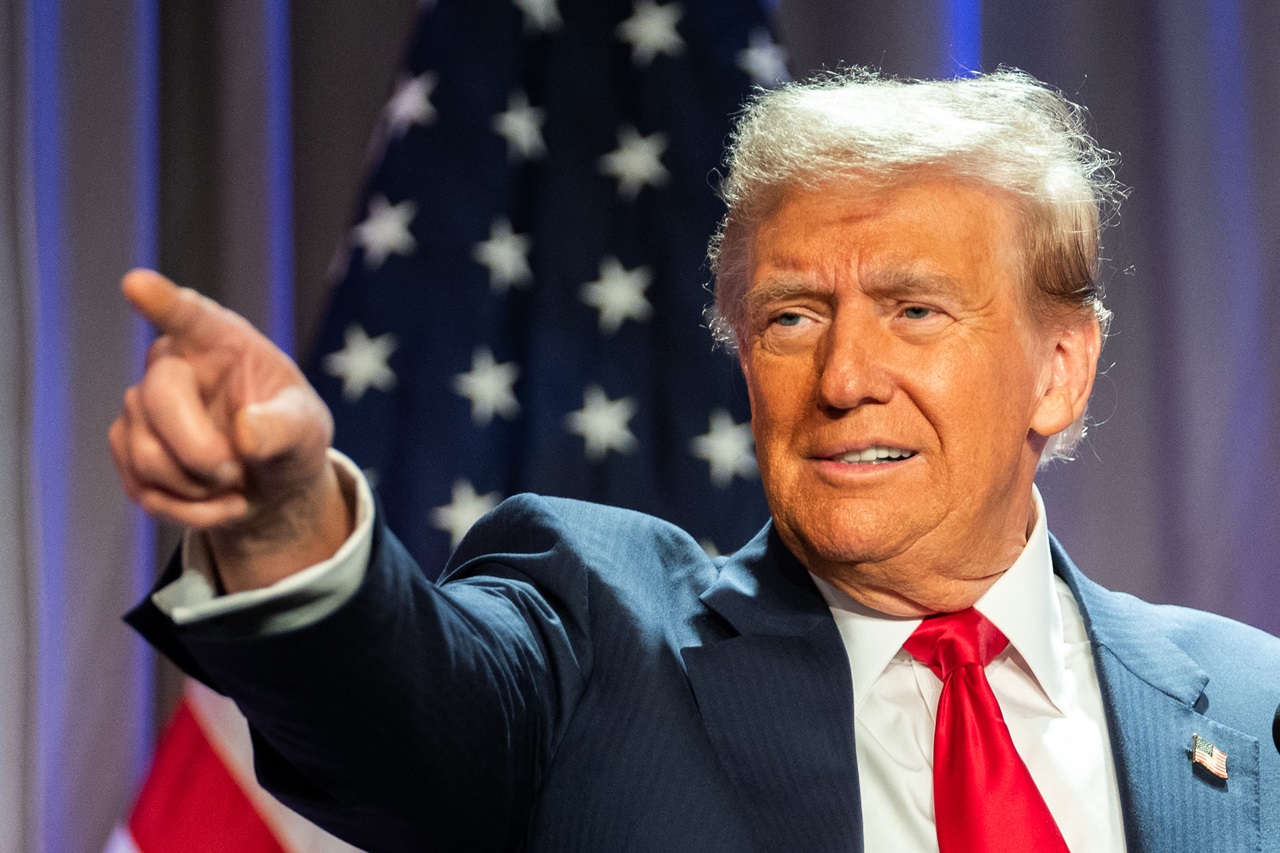
A brief summary of the protests in Iraq
After two months of protests against corruption and living conditions, Iraqis have joined the global phenomenon that demands an immediate change in the way…
The streets of Baghdad have been transformed into a violent stage omitted by much of the international media.
Since Iraqis took to the streets in the first week of October to demonstrate against corruption and unemployment, clashes between civilians and law enforcement forces have put the government on the ropes, forcing Prime Minister Adil Abdul-Mahdi to resign.
How did we get here?
Few remember today the Gulf War between Iran and Iraq for much of the 1980s, the annexation of Kuwait or the U.S. military intervention in Iraqi territory in the early 1990s.
In fact, Saddam Hussein's name seems to have been lost on the shelves of history.
The Iraqi people don’t remember a period of peace and economic or social development for decades.
It was only during the first years of the 21st century that Western interference against Hussein's weapons of mass destruction plunged the civilian population into a conflict between the regime's forces and the military guerrillas, which allowed a vacuum to be filled little by little with Islamic extremist groups.
Differences between ethnic groups and exacerbated violence led to the formation of Al-Qaeda and the Islamic State, perpetuating the destabilization of the territory.
By May 2007, some 1.2 million Iraqis had died.
Once Saddam Hussein's party was deposed in 2003, the first U.S.-organized parliamentary elections were held in Iraq, triggering a first social movement against foreign interference.
Radicalized ethnic militias dispersed throughout the territory, and the tension seemed to ease when the first official elections were held in January 2005 with the approval of a new constitution.
Despite Hussein's death sentence for crimes against humanity, the country continued to oppose the presence of U.S. troops in the region.
The new government had to confront the armed militias, while at the same time agreeing with the U.S. coalition for a gradual withdrawal of its troops.
In June 2009, the U.S. army handed over the command to the Iraqi forces and withdrew a large part of its soldiers from the country, leaving only a handful of specialists to assist in the withdrawal process.
Once the United States seemed out of the picture, a social phenomenon took the Middle East by surprise and triggered the so-called Arab Spring that knocked on the doors of Iraq, where ethnic differences were again accentuated.
RELATED CONTENT
Confrontations between Shiites and Sunnis fed the forces of the Islamic State, which by 2014 had taken over large Iraqi cities such as Tikrit, Fallujah, and Mosul.
Over the next three years, despite a political effort to create a representative government, the Islamist group wiped out much of the country, and growing human rights abuses were reported throughout the region.
After brief separatist attempts by minority groups such as the Kurds, Iraq re-entered a process of social unrest when in July 2018 the civilian population took to the streets to denounce corruption and unemployment.
It wasn’t until the beginning of October 2019, and following in the footsteps of demonstrations such as those in Hong Kong, Chile, and Colombia, that the tiredness of the people and the confrontations reached a point of no return.
According to Al Jazeera, law enforcement officers opened fire on demonstrators in the streets of Baghdad on October 4, and the government decided to impose a curfew to control violence in the streets.
Prime Minister Adel Abdul Mahdi tried to reassure the demonstrators and let them know that "their legitimate demands" had been heard.
However, the country was plunged into an Internet blackout to prevent the images of repression from reaching the rest of the world.
After several weeks of protests, the media has reported around 400 dead and more than 10,000 wounded.
Last Sunday, Abdul-Mahdi finally announced his resignation, leaving a government vacuum that the country's fragile constitution cannot solve in the short term.











LEAVE A COMMENT:
Join the discussion! Leave a comment.